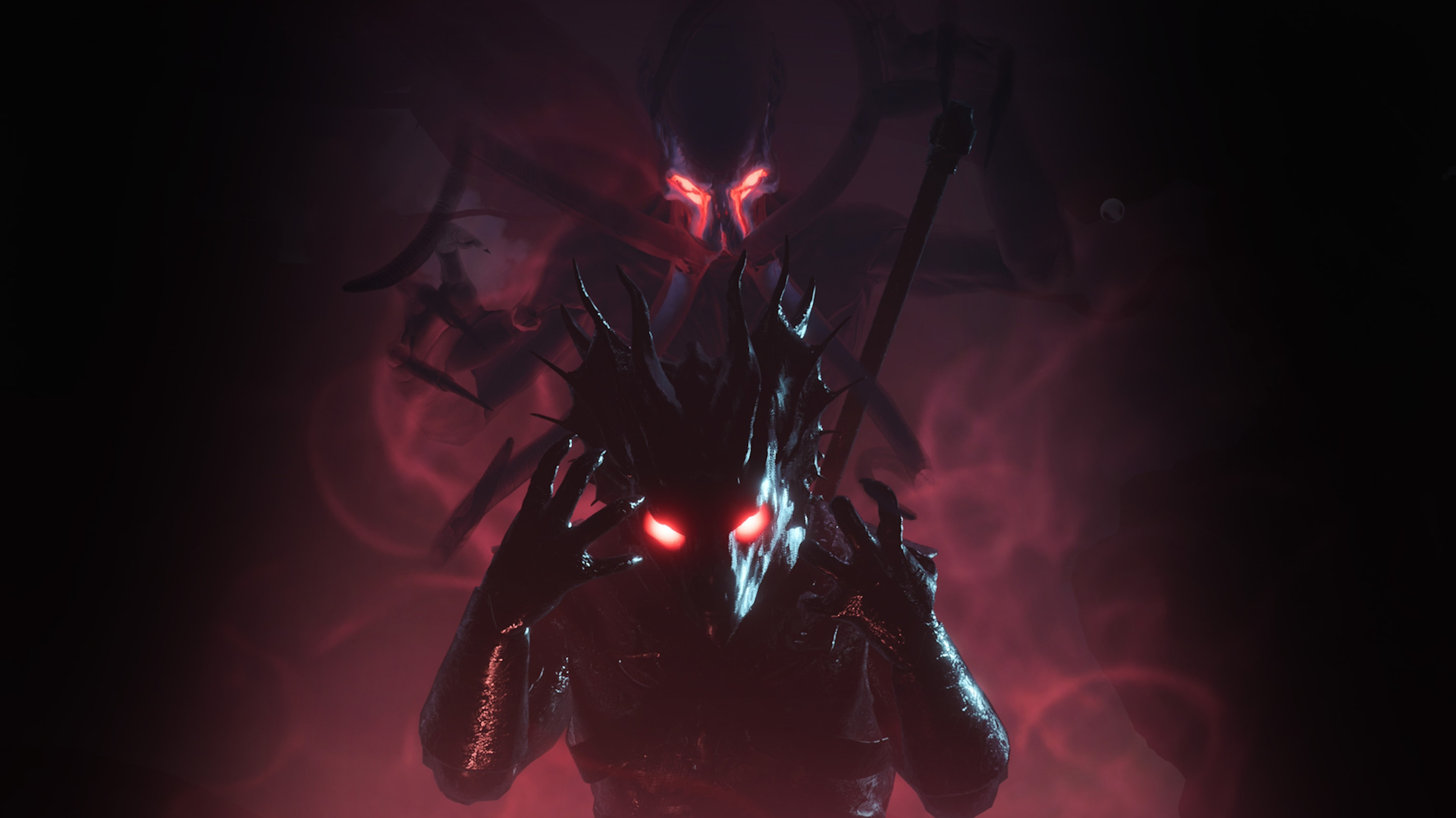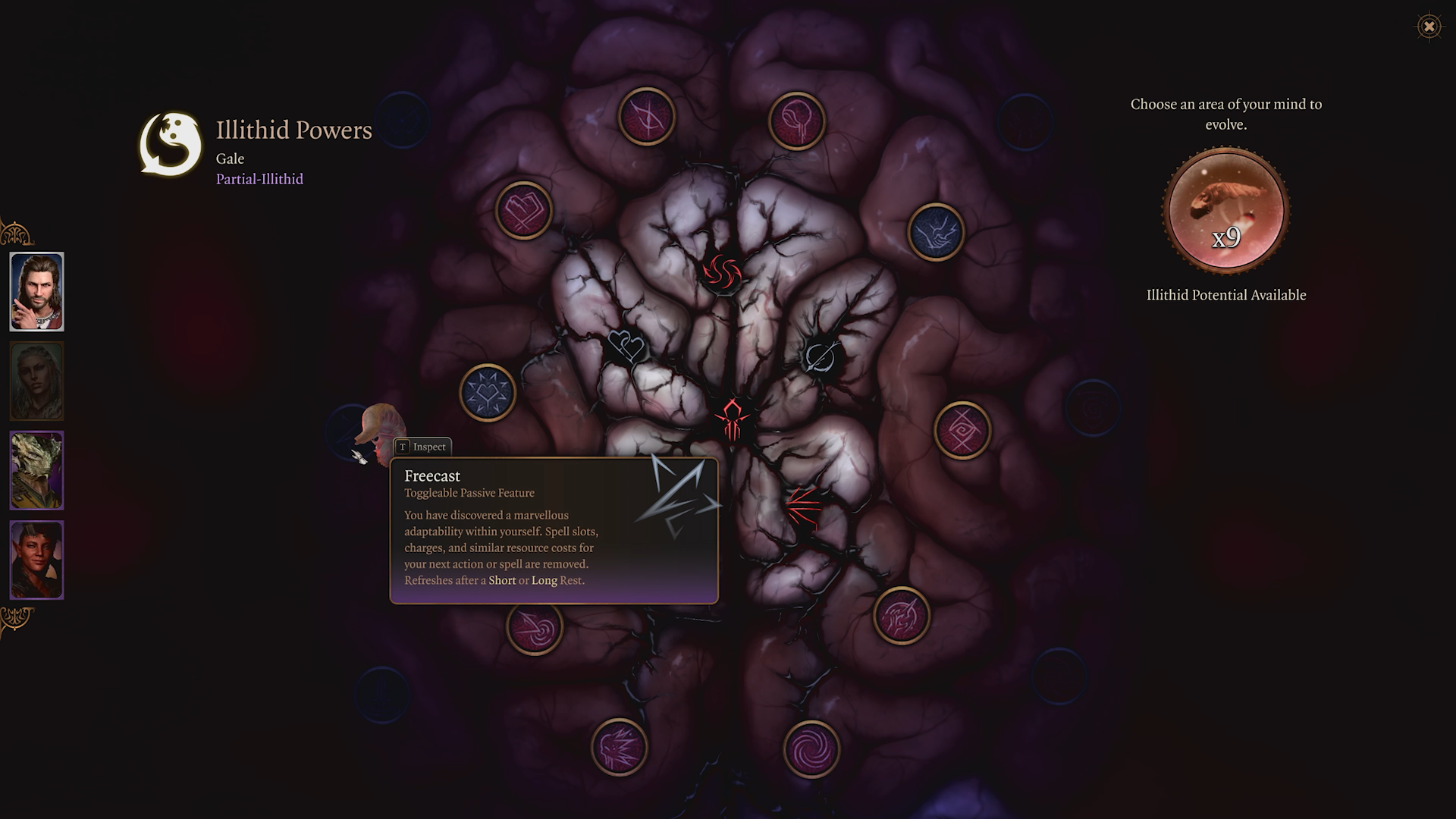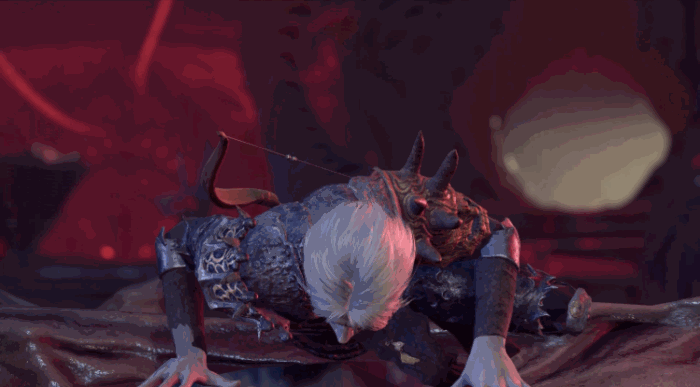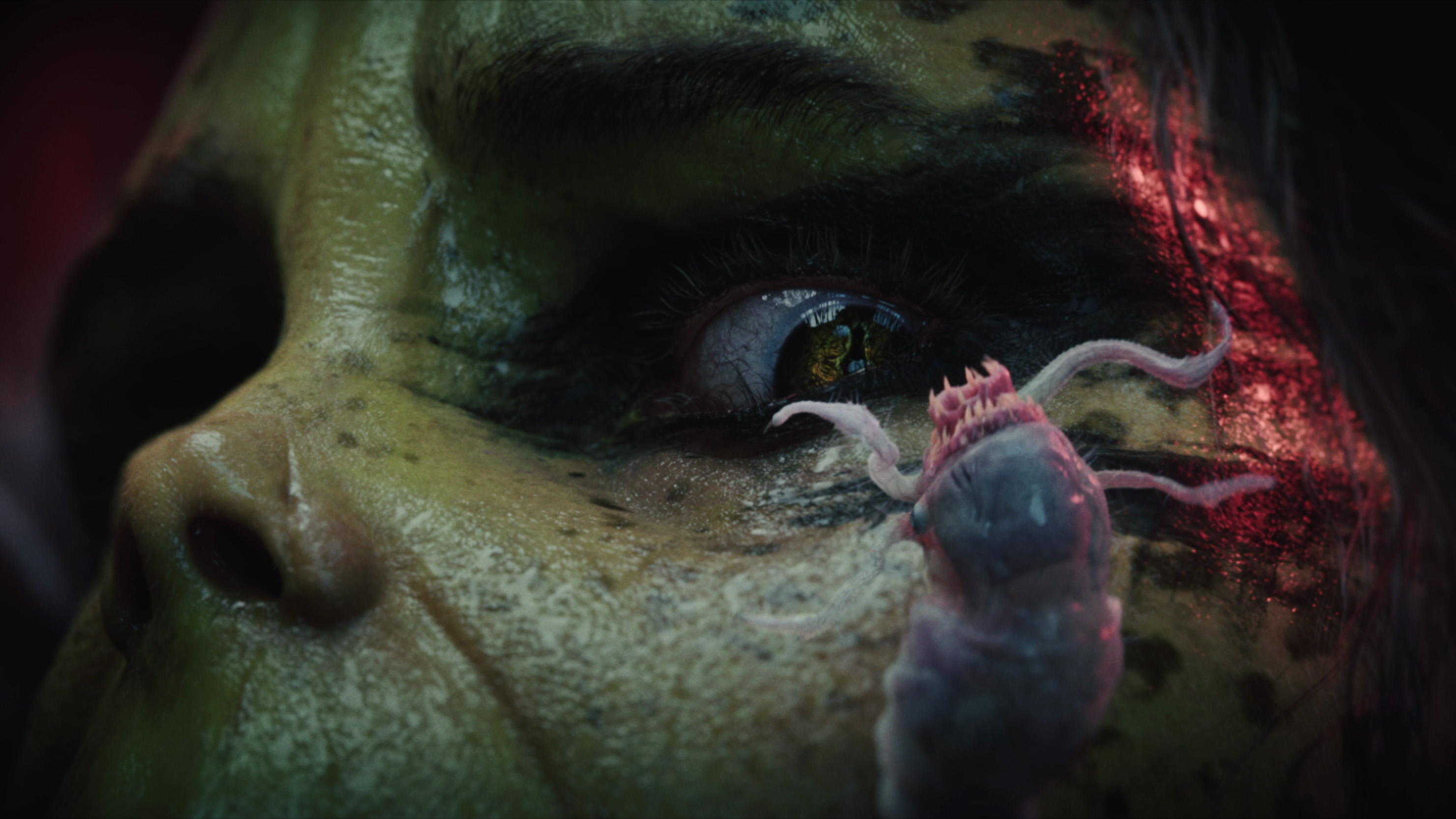Baldur's Gate 3 has a 'hidden skill tree' for Illithid powers
Baldur's Gate 3 is all about getting rid of the mind flayer in your head—but what if you don't want to?

The central premise of Baldur's Gate 3 is pretty straightforward: You have an illithid tadpole in your head and you want it out. But what if you decide that you don't actually want that at all—that what you really want is even more mind flayer madness? The Baldur's Gate 3 Steam page states plainly that players can "embrace corruption and become ultimate evil" if that's what they're into, and today Larian finally got around to explaining more about how that's going to work.
Illithid are powerful psionicists, and so the upside of having an illithid tadpole slowly gnawing its way through your brain is that you can end up with some pretty impressive abilities too. (The downside is ceremorphosis, the forced transformation of your body and mind into an illithid.) In Baldur's Gate 3, you'll actually be able to develop and expand upon those newfound abilities across a separate, hidden skill tree called Illithid Powers.
Baldur's Gate 3 players who want to follow the path of the mind flayer will need to find more of the little fellas—in jars, pools, even the skulls of other infected proto-illithid—and then consume them. Each tadpole taken in will unlock a new Illithid Power within a skill tree made up of 25 "mind-flayer-inspired" abilities, all of them completely separate from the usual level-up mechanics.
"These are divided into five branches themed around manipulation, health restoration, psionics, and abilities that can inflict immense damage and torment enemies to gradually weaken them over time," Larian said.
"Some abilities can be used to control those around you, pushing them to say things in dialogue they would otherwise not. Others endow you with the power to push and pull enemies like ragdolls during battle."

One of those abilities will even enable you to transform into a displacer beast, a massive, black feline predator with six legs, two large tentacles, and the ability to bend light, which it uses as a powerful camouflage. They're a famed creature in D&D lore: A displacer beast made a memorable appearance in the recent film Dungeons & Dragons: Honor Among Thieves.
According to D&D sourcebooks, some people, particularly among the fey, keep these things as pets. Doesn't seem like a super-great idea to me.
The biggest gaming news, reviews and hardware deals
Keep up to date with the most important stories and the best deals, as picked by the PC Gamer team.

Your companions, at least some of whom are similarly illithid-afflicted, can also consume tadpoles to enhance their abilities. But, in fine Baldur's Gate form, not everyone will think it's a good idea, and some of them may take serious issue with it. Other aspects of your adventure "can also get a bit more... complicated," Larian teased, although it declined to elaborate further, saying, "That's for you to discover."
The good news for features producer Mollie Taylor is that according to D&D rules, illithid tadpoles don't have to get into your skull via the eye socket: They can also be inserted through a nostril or ear canal. That's better, right?

Baldur's Gate 3 comes out on August 3.

Andy has been gaming on PCs from the very beginning, starting as a youngster with text adventures and primitive action games on a cassette-based TRS80. From there he graduated to the glory days of Sierra Online adventures and Microprose sims, ran a local BBS, learned how to build PCs, and developed a longstanding love of RPGs, immersive sims, and shooters. He began writing videogame news in 2007 for The Escapist and somehow managed to avoid getting fired until 2014, when he joined the storied ranks of PC Gamer. He covers all aspects of the industry, from new game announcements and patch notes to legal disputes, Twitch beefs, esports, and Henry Cavill. Lots of Henry Cavill.

